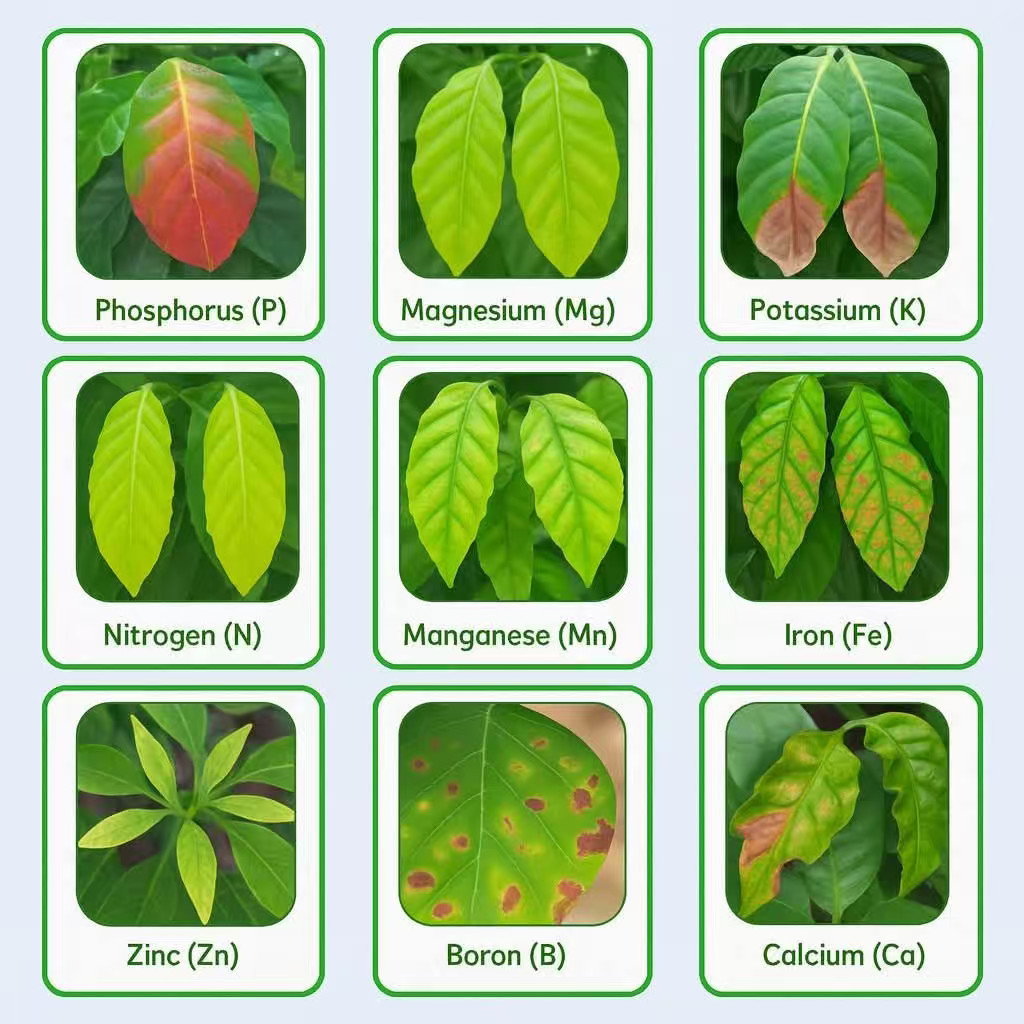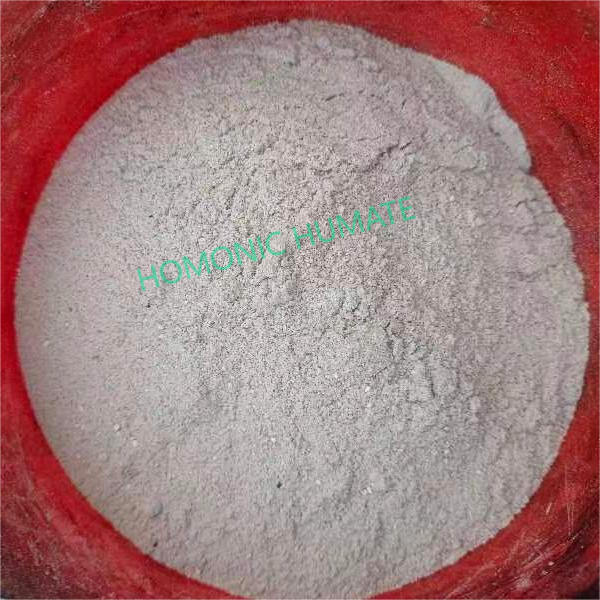 |
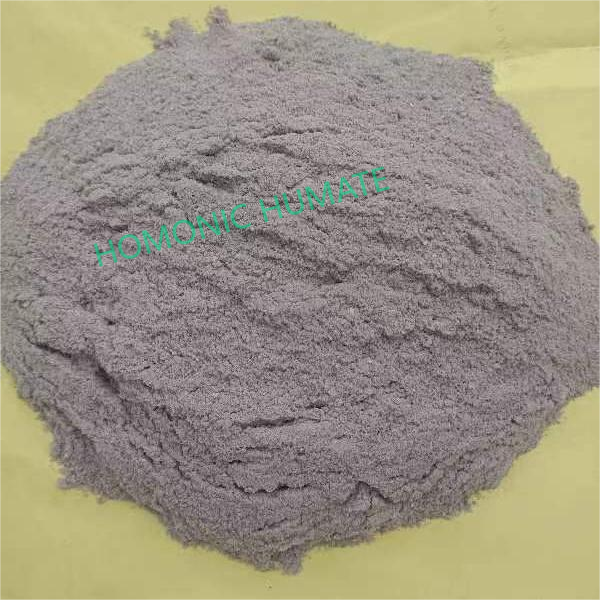 |
Specification:
| N | P2O5 | K2O | TE | HA | FA | |
|
percentage (%) |
20 | 20 | 20 | customed | 3-5,5-10 | 3-5,5-10 |
| 30 | 10 | 10 | customed | 3-5,5-10 | 3-5,5-10 | |
| 12 | 30 | 8 | customed | 3-5,5-10 | 3-5,5-10 | |
| 15 | 5 | 30 | customed | 3-5,5-10 | 3-5,5-10 |
Benefits of Adding Fulvic Acid and Humic Acid to NPK Fertilizers:
In simple terms, fulvic acid and humic acid are highly efficient “fertilizer enhancers” and “soil conditioners”. They themselves contain some organic nutrients, but their core function lies in “activation” and “regulation”.
Below, we break down the specific benefits they provide:
1. Benefits for the Fertilizer Itself (Improves Efficiency, Reduces Loss)
The utilization rate of conventional chemical NPK fertilizers is often low (for example, nitrogen fertilizer utilization is only 30-50%). A significant portion is lost through volatilization, leaching, and fixation, which wastes money and pollutes the environment. Fulvic acid and humic acid can significantly mitigate this issue:
1. Effect on Nitrogen (N) Fertilizer:
· Reduces Volatilization: Humic acid can inhibit urease activity in the soil, slowing the decomposition of urea and reducing ammonia volatilization loss.
· Promotes Absorption: It binds with ammonium ions (NH₄⁺) to form more stable complexes, making them less prone to leaching and releasing nitrogen slowly for crop uptake.
2. Effect on Phosphorus (P) Fertilizer:
· Reduces Fixation: Phosphorus is easily fixed in the soil (e.g., converted into insoluble compounds by calcium, magnesium, iron, and aluminum ions). Humic acid can chelate these metal ions, effectively reducing phosphorus fixation and converting unavailable phosphorus into available forms.
· Activates Soil Phosphorus: It can activate phosphorus already fixed in the soil, releasing it for plant use.
3. Effect on Potassium (K) Fertilizer:
· Reduces Leaching: Humic acid can adsorb potassium ions (K⁺), preventing them from leaching too quickly in sandy soils. In heavy clay soils, it improves potassium diffusion, enhancing potassium utilization.
Conclusion: Adding these acids means less fertilizer can achieve the same results, or the same amount of fertilizer can yield higher production, i.e., “increasing efficiency while reducing fertilizer application.”
2. Benefits for the Soil (Improves Soil Health, Creates a Better Environment)
Healthy soil is the foundation for high crop yield and quality.
1. Improves Soil Structure:
· Humic acid is a key substance for forming soil aggregate structure. It binds dispersed soil particles together into stable aggregates.
· Benefits: Makes heavy clay soil looser and more aerated, and improves water and nutrient retention in sandy soil. Addresses issues like soil compaction and salinization.
2. Enhances Soil Buffering Capacity:
· Humic acid is a natural organic acid that can neutralize soil acidity and alkalinity, mitigating the harm of excessively acidic or alkaline soil to crops, creating a more stable growth environment.
3. Promotes Soil Microbial Activity:
· Humic acid provides a rich “food” source and energy for beneficial microorganisms (e.g., bacteria, actinomycetes) in the soil, promoting their proliferation.
· Benefits: Vigorous microbial activity accelerates organic matter decomposition, releasing more nutrients and forming a virtuous cycle.
3. Benefits for the Crops Themselves (Stimulates Growth, Enhances Stress Resistance)
1. Stimulates Physiological Metabolism, Promotes Root Development:
· Fulvic acid has a small molecular weight and very high activity, making its stimulating effect on plants stronger. It stimulates crop root growth and development, resulting in a more extensive root system (more fibrous roots), enhancing the crop’s ability to absorb water and nutrients. It’s often called a “root growth stimulator.”
2. Enhances Stress Resistance (Drought, Cold, Disease):
· Humic acid can cause (moderate closure) of crop leaf stomata, reducing water transpiration, thereby significantly improving the crop’s drought resistance.
· It enhances the activity of enzymes within the plant, regulates metabolism, and improves the crop’s resistance to stress conditions such as cold, drought, and pests and diseases.
3. Improves Quality:
· By promoting the absorption and transformation of nutrient elements, it can improve the quality of agricultural products, such as increasing the sugar content and color of fruits, improving taste, and increasing vitamin content.
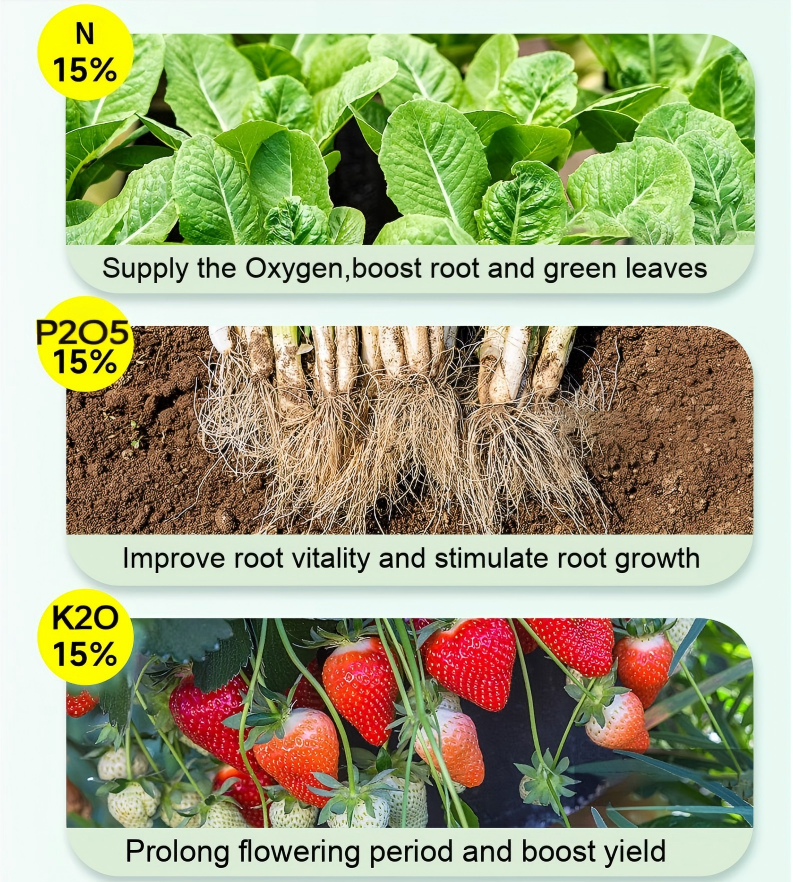 |
|
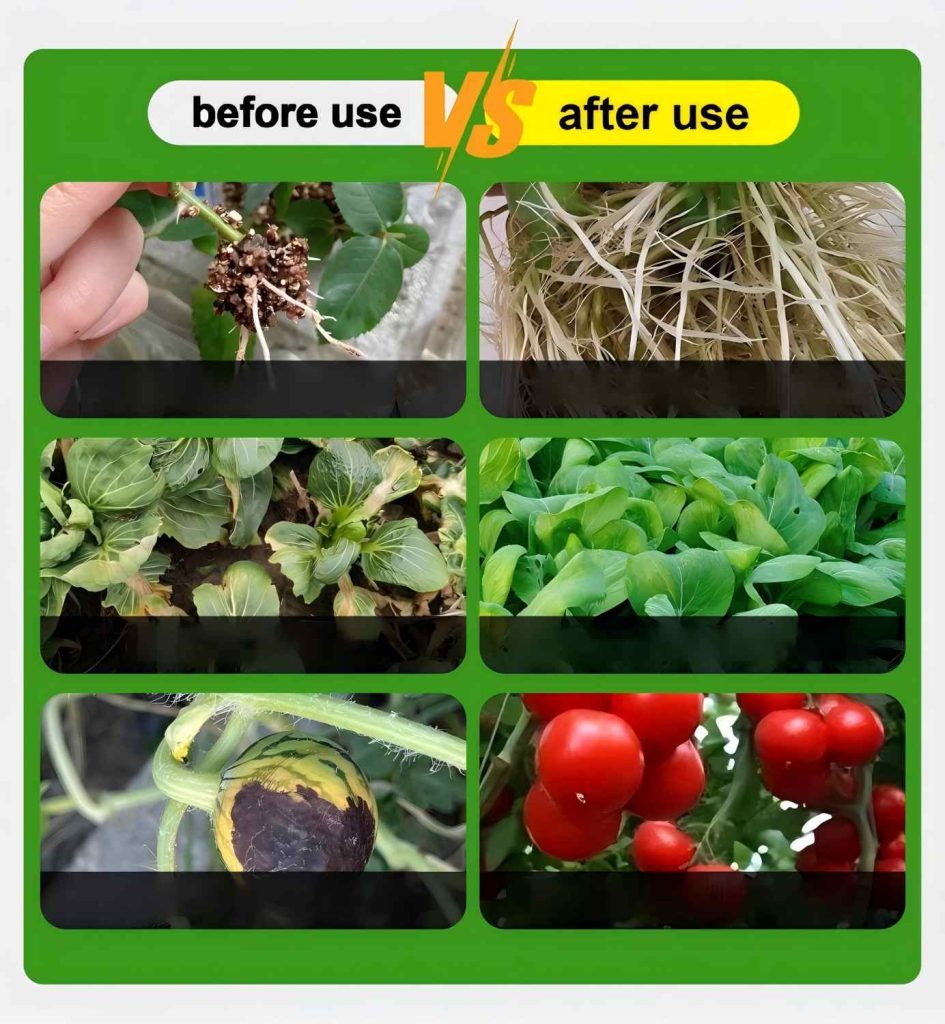 |
Fulvic Acid vs. Humic Acid in NPK: Different Emphasis
Although the two often work synergistically, they have different emphases:
· Fulvic Acid: Small molecular size, excellent water solubility, highest activity. Its quick-acting nature is stronger, focusing more on:
· Foliar Spray: Easily absorbed by leaves.
· Stimulating Growth: Has a more direct and faster stimulating effect on roots, stems, and leaves.
· Chelating Trace Elements: Excellent ability to carry mineral elements through crop cell membranes.
· Humic Acid: Large molecular size, strong colloidal properties. Its long-lasting effect and soil-improving properties are stronger, focusing more on:
· Soil Improvement: The effect of improving aggregate structure, water retention, and nutrient holding is more lasting.
· Slow-Release Fertilizer: Forms a slow-release effect when combined with macro-nutrients.
· Base Application, Irrigation Application: Primarily used for soil treatment.
Adding fulvic acid and humic acid to NPK fertilizers combines quick-acting and long-lasting effects, chemical fertilizers with organic conditioning, providing multiple benefits:
1. For Farmers: Increases fertilizer utilization rate, saves costs; increases yield and quality, boosts income; improves soil, laying the foundation for sustainable farming.
2. For the Environment: Reduces non-point source pollution caused by fertilizer loss, environmentally friendly and energy-saving.
3. For Crops: Promotes stronger seedlings and vigorous roots, enhances stress resistance, and improves quality.
Therefore, this type of fertilizer enhanced with humic substances is highly regarded as a premium, new-type fertilizer in the market and represents the direction of scientific fertilization.
Package we can supply
-
Supply ability : 7500 MT/month
- 1kg, 5kgs, 10kgs printing aluminium foil bag + 10kgs, 20kgs printing carton box.
- 20kgs/25kg woven/paper bags with inner liner.
- 20kgs/25kg color printing PP/PE bags with inner liner.
- 1MT,1.1MT jumbo bags with discharge hole.
- According to customers’requirement.
